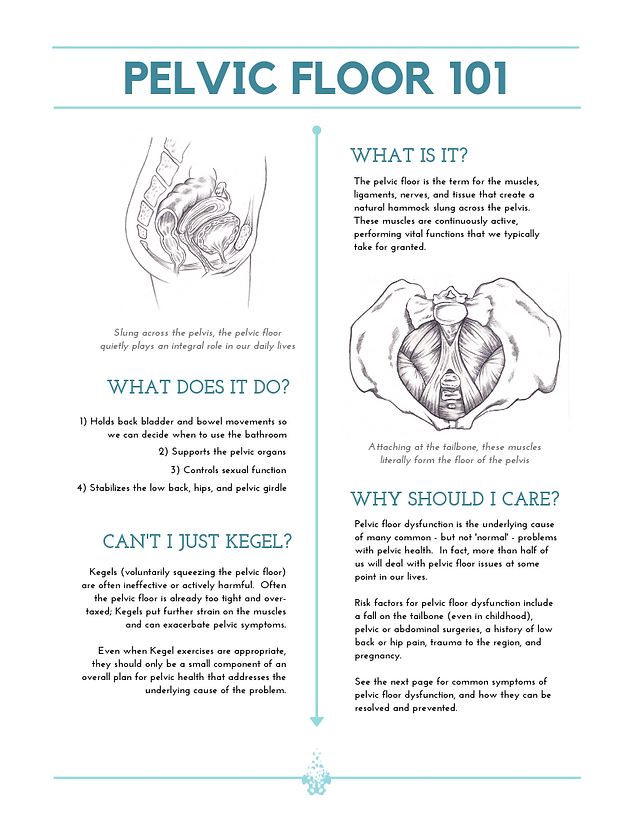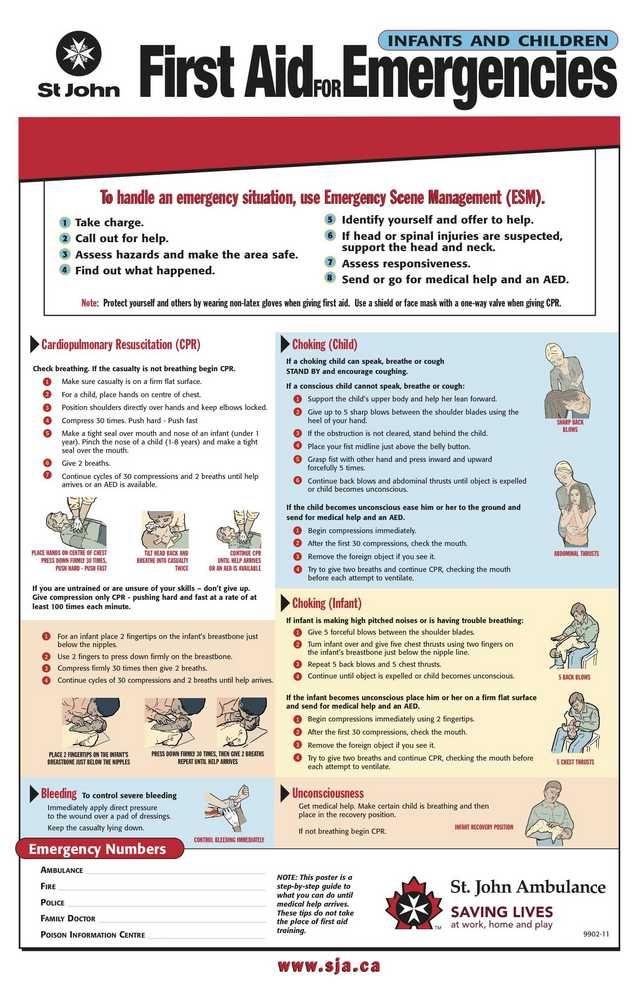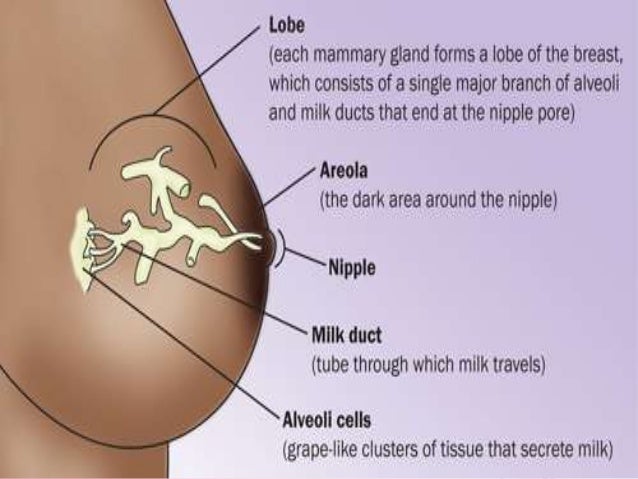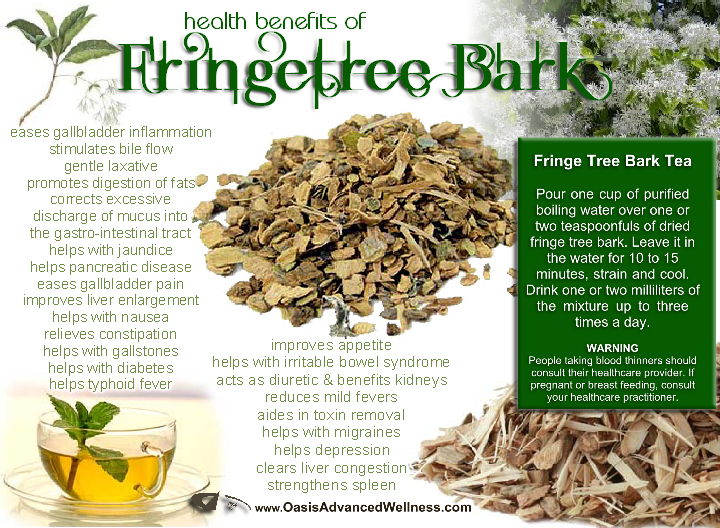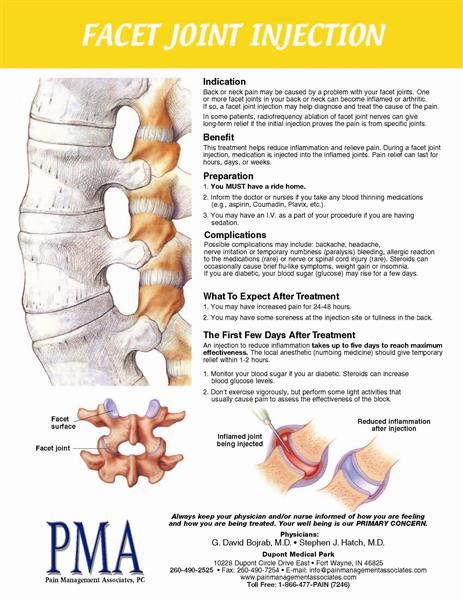How to keep child from picking scabs
What Is Excoriation, or Skin-Picking?
We’ve all heard suspenseful movies referred to as “nail-biters” and nearly all of us — kids, teens and adults — occasionally pick at a ragged hangnail or poke at a blemish too aggressively. Almost always, we end up regretting what we’ve done. But for some of us, picking at skin or cuticles becomes more than an occasional thing, and it can be very hard to stop, even when it becomes embarrassing. Clinicians call it a body-focused repetitive behavior or BFRB.
Skin picking, formally known as excoriation disorder, is the repetitive, habitual picking of skin anywhere on the body (though the most common areas are the face, hands, arms or legs). Excoriation disorder is not just a bad habit. This behavior is a compulsion — something we feel driven to do even when it has a negative impact on our lives — and is related to obsessive-compulsive disorder. It is common in people who have anxiety disorders.
Symptoms of excoriation disorderSkin picking is a “cousin” of trichotillomania, or hair pulling, which is another BFRB and which is also related to both OCD and anxiety. Both disorders can be thought of as unhealthy ways of coping with anxiety or other negative feelings, and the incidents of skin picking and hair pulling are often triggered by stressful situations. Excoriation can be challenging to treat because the child often relies on the picking to self-soothe or diffuse negative emotions. This repetitive habit is, however, embarrassing and disfiguring, and can lead to avoidance of social situations, which only leads to further distress and sometimes depression.
According to Jerry Bubrick, PhD, a clinical psychologist at the Child Mind Institute, skin picking is considered a disorder when:
- Recurrent skin picking results in scarring or other permanent damage
- The individual has made and failed at repeated attempts to stop the behavior
- The picking causes significant distress or impairment in the individual’s daily life
- Symptoms are not caused by medication or another medical condition
Skin picking tends to emerge at puberty and often parents see skin picking as just a bad habit — as if the adolescent could stop if she tried hard enough. “That’s a lot like telling someone with cancer to just ‘get better’ or someone with depression to just ‘cheer up,’ ” says Dr. Bubrick. “There’s tremendous shame associated with skin picking because it results in scarring or other kinds of visible damage to the skin (particularly the face) that make the teen extremely self-conscious.”
“That’s a lot like telling someone with cancer to just ‘get better’ or someone with depression to just ‘cheer up,’ ” says Dr. Bubrick. “There’s tremendous shame associated with skin picking because it results in scarring or other kinds of visible damage to the skin (particularly the face) that make the teen extremely self-conscious.”
Though all skin picking results in visible damage and distress for the child who struggles with it, the picking itself can serve different purposes and it can be helpful to know why someone engages in the behavior in order to better treat it.
In what Dr. Bubrick calls “functional” skin picking, the behavior is a sort of compulsive perfectionism. The child perceives an imperfection in a particular area — a callus, rough cuticle, pimple, etc., and picks or scratches or squeezes it to get rid of it. The “functional” thinking, explains Dr. Bubrick, goes something like this: “My skin is smooth, but as I’m feeling my arm, I feel like I have this bump or this mosquito bite. So, I’m going to keep scratching at that, because I want that off. I want my skin to be smooth again. I’ll look at my fingernails, and I’ll see, oh, on the top of my pointer finger the cuticle is off. So, I’m going to pick at that and bite at that until it looks better.”
So, I’m going to keep scratching at that, because I want that off. I want my skin to be smooth again. I’ll look at my fingernails, and I’ll see, oh, on the top of my pointer finger the cuticle is off. So, I’m going to pick at that and bite at that until it looks better.”
But with skin picking disorder, it never does get better. In fact, the individual is likely to pick until the area is worn away and bleeding. Even that doesn’t always stop the behavior. The child continues to pick because it just doesn’t feel right and stops only when it hurts so much that they can’t continue.
Compulsive skin picking is done to self-soothe or deal with anxiety or other negative emotions. This behavior is very much like a kind of hair pulling. “It’s a way to tune out the world. It’s almost like a drug,” explains Dr. Bubrick. The same feeling might be dealt with by drinking or smoking. Like those behaviors, the skin picking is a bad coping strategy for dealing with stressors.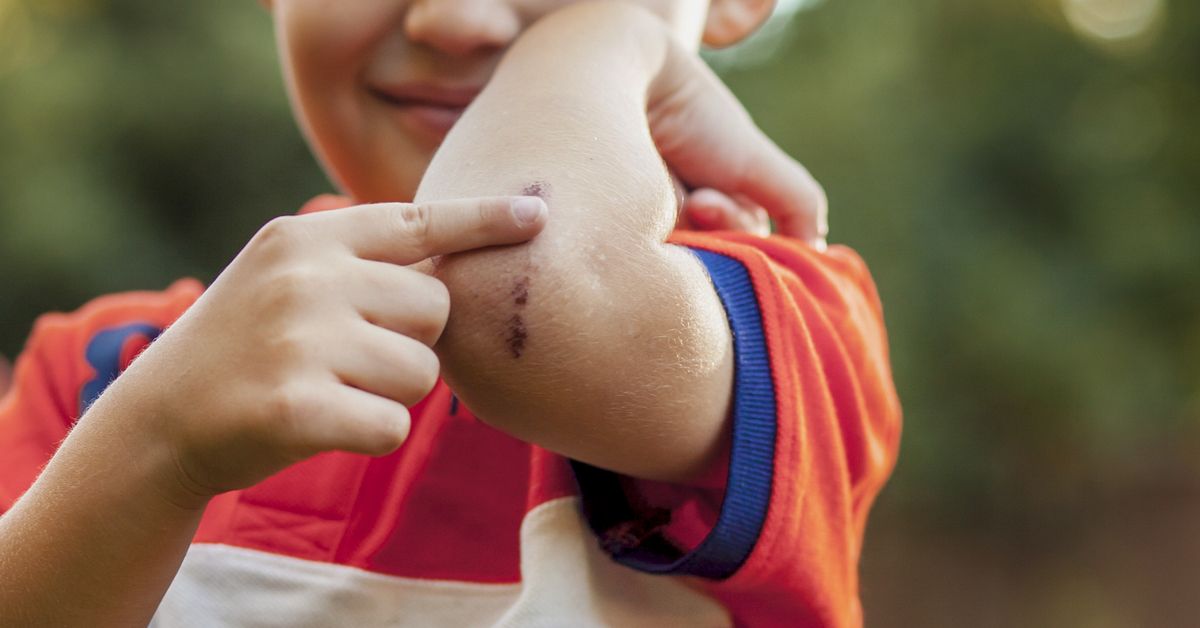
Some teens who struggle with skin picking engage in the functional type or the compulsive type, but they may also do both. Sometimes they are not even aware they are doing it and then find they’ve spent an hour in a kind of picking trance.
Diagnosing excoriation disorderIdentifying the signs of skin picking can be challenging for a number of reasons. For starters, most teens feel so much shame about the visible results of the behavior that they will try to hide them either by wearing band-aids or long sleeves or make-up. Also, teens rarely come into a psychiatrist’s office seeking help for skin picking alone. “A lot of times,” says Dr. Bubrick, “they’re here for anxiety or OCD, and that gets better and they’re like, ‘oh, can we also work on my skin picking, because it’s really bothering me.’”
But in most cases, kids don’t like to talk about skin picking, so unless the clinician asks about it directly, they won’t bring it up.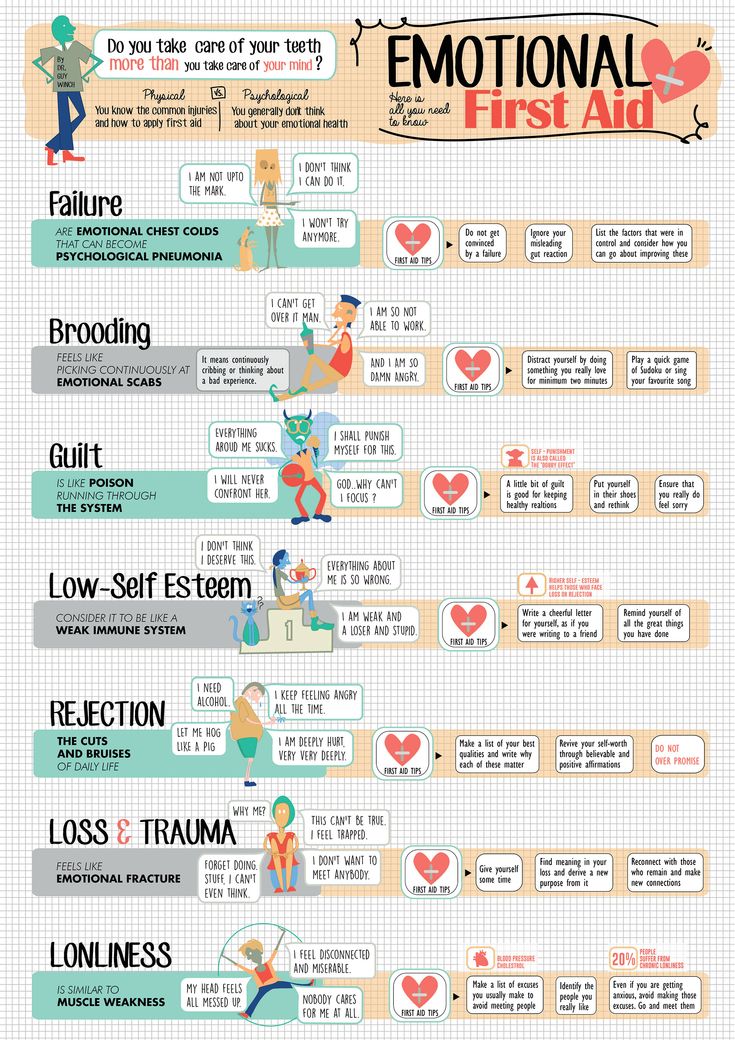 Sometimes kids just don’t see the problem as a big deal. Or it serves as a coping mechanism on which they are so dependent that they won’t want to draw attention to it.
Sometimes kids just don’t see the problem as a big deal. Or it serves as a coping mechanism on which they are so dependent that they won’t want to draw attention to it.
Success in treating skin picking depends largely on the teen’s desire to change and readiness to make a commitment to work on the problem. “If a kid comes in kicking and screaming, saying, ‘I’m fine. My parents just don’t like it that I bite my nails or I bite my cuticles,’ ” Dr. Bubrick says, “then treatment is going to be tough. But if a kid is coming in and saying, ‘It’s really causing me so much distress, I can’t wear short sleeves or I can’t wear shorts because of my scars or my fingers are bleeding all the time, or I feel self-conscious on a date because my fingers are down to a nub.’ Then treatment’s easier.”
Insight, motivation and readiness for change are key variables clinicians look for when starting to treat the disorder.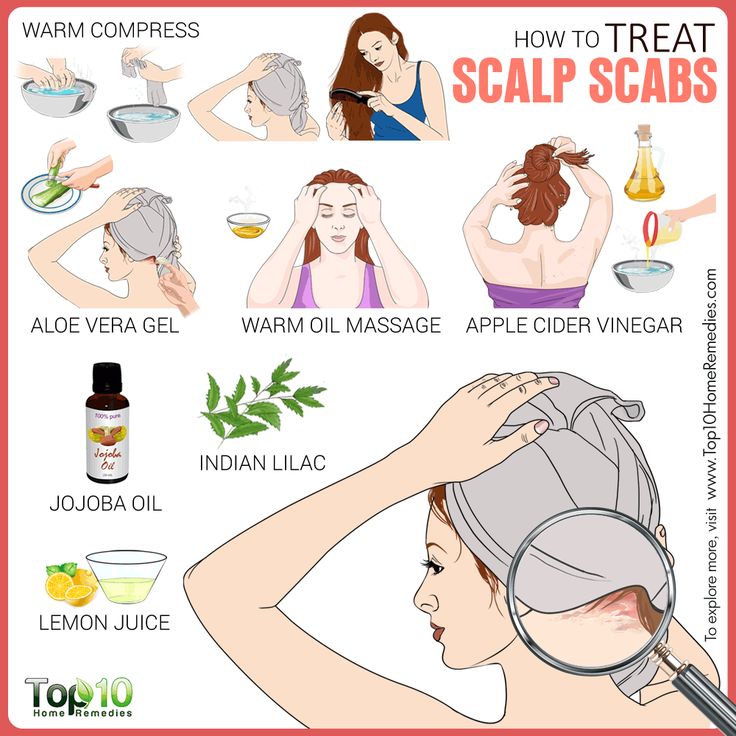 Treatment can consist of a number of different approaches, or combinations of approaches:
Treatment can consist of a number of different approaches, or combinations of approaches:
- Putting a barrier in place: Even something simple like a band-aid can be a starting point to deter picking. Or kids might paint on Liquid Bandage so that they have something to peel off without the behavior causing damage. This approach is what is referred to in OCD terminology as “response prevention.” Response prevention gives the child something else to focus on — the band-aid — when they are tempted to pick. “It gives them a little extra moment to think before they act,” says Dr. Bubrick. It may help, but Dr. Bubrick says this approach is usually not enough eliminate the behavior.
- Cognitive behavior therapy, or CBT: CBT is the most successful treatment for skin picking. CBT covers a broad range of modalities, but it mostly comes down to teaching the child more effective ways of dealing with the stress or anxiety that is triggering the picking instead of biting — finding similar behaviors to replace the damaging ones.
 For example, Dr. Bubrick says he might say to a patient, “Well, biting is one way of dealing with a stressor. Let’s think about two others, that maybe are less damaging to your body, but still allow you to deal with the stressor.”
For example, Dr. Bubrick says he might say to a patient, “Well, biting is one way of dealing with a stressor. Let’s think about two others, that maybe are less damaging to your body, but still allow you to deal with the stressor.” - NAC (N-acytel-cystine): Nac is an over-the-counter supplement which has shown variable results in the treatment of skin picking and other body focused repetitive behaviors. Some people do well on it, while others have minimal response. The upside is that there is no harm in trying it and it has no side effects.
- Antidepressants: The class of antidepressants called SSRIs (selective serotonin reuptake inhibitors) can be effective in treating related anxiety or depression, which may be triggering or exacerbating the skin picking behaviors. So decreasing that anxiety or depression may indirectly have a positive effect on the picking.
- Acceptance and Commitment Therapy (ACT): ACT combines techniques from CBT and mindfulness as a way of accepting emotion instead of attempting to get rid of it through coping mechanisms like skin picking.
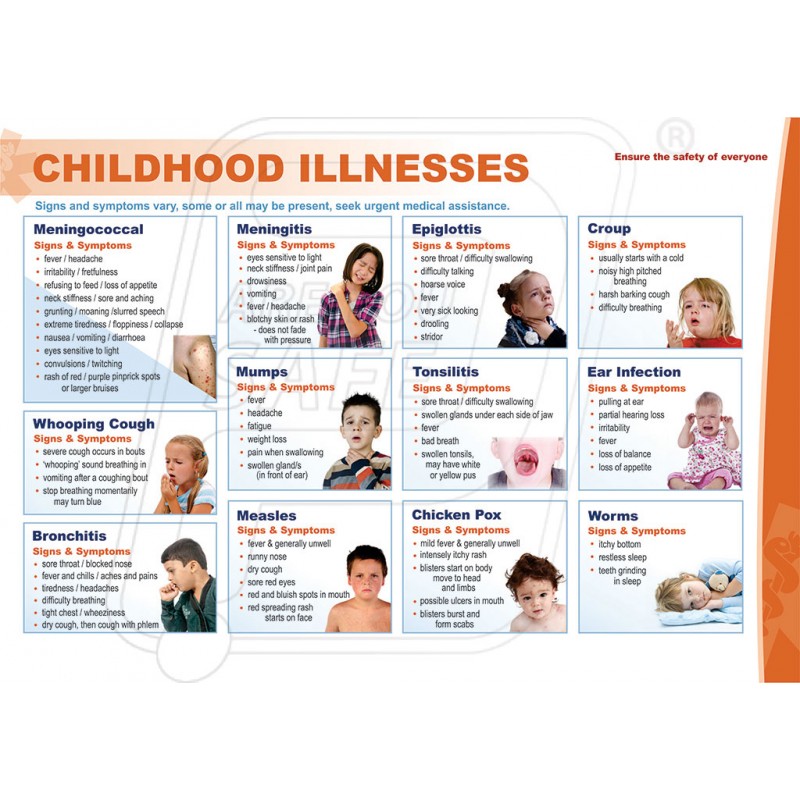 It focuses on the idea that difficult things are going to happen to which the child is going to have a negative response. The child is asked to commit to feeling those things without doing something to hurt themselves, such as skin picking. The goal is to learn “that I can feel negative emotions, and I don’t have to injure myself because I feel them. I can just feel them.” It’s a matter of becoming more at peace with the thoughts and the feelings, rather than feeling desperate to get rid of them.
It focuses on the idea that difficult things are going to happen to which the child is going to have a negative response. The child is asked to commit to feeling those things without doing something to hurt themselves, such as skin picking. The goal is to learn “that I can feel negative emotions, and I don’t have to injure myself because I feel them. I can just feel them.” It’s a matter of becoming more at peace with the thoughts and the feelings, rather than feeling desperate to get rid of them.
Dr Bubrick says that treatment for excoriation can be tricky, but if the child is truly committed to changing their behavior, the dysfunctional coping can be overcome. “Typically, they come in ashamed and embarrassed about the picking,” he says, “but the ones who engage the treatment and follow recommendations, even if they think it won’t work in the beginning, tend to do really well over time.”
Frequently Asked Questions
What is excoriation?Excoriation is a disorder that is related to obsessive-compulsive disorder (OCD).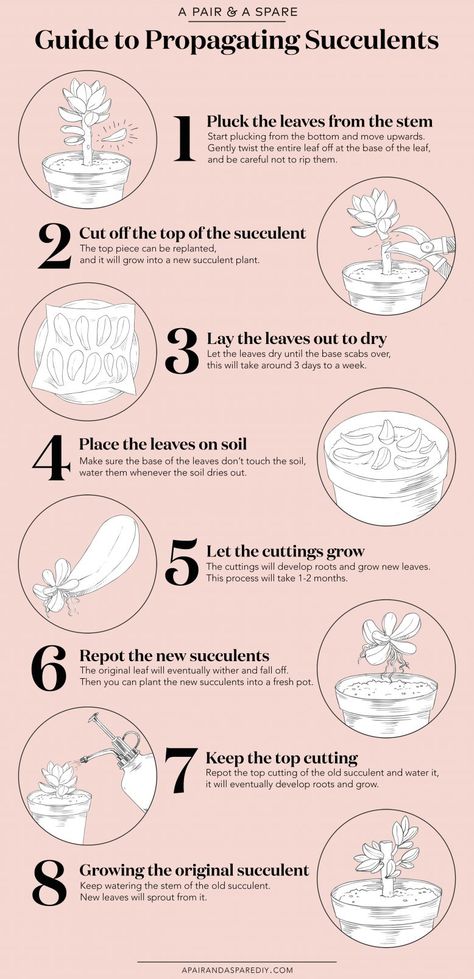 Excoriation is a repetitive habit of picking at skin, scabs, or cuticles. People with excoriation cannot stop picking their skin even if it hurts or bleeds.
Excoriation is a repetitive habit of picking at skin, scabs, or cuticles. People with excoriation cannot stop picking their skin even if it hurts or bleeds.
You might not be able to stop picking at scabs if you have a disorder called excoriation. Excoriation is related to obsessive-compulsive disorder (OCD). If you have excoriation, you cannot stop picking even if it hurts or bleeds.
How can I stop my child from picking at their skin or scabs?You can help your child stop picking at their skin or scabs through therapy, medication, or both. Medication for anxiety or depression can help with feelings that cause picking. Cognitive behavioral therapy (CBT) can teach kids healthier ways to deal with those feelings.
Stop Children Picking At Scabs, Stitches & Surgical Dressings
Original Cream
From: £9.99
--- Please Select --- 3 to 6m6 to 9m9 to 12m12 to 18m18 to 21m21 to 24m2 to 3y3 to 4y4 to 5y5 to 6y6 to 7y7 to 8y
Stripes
From: £10.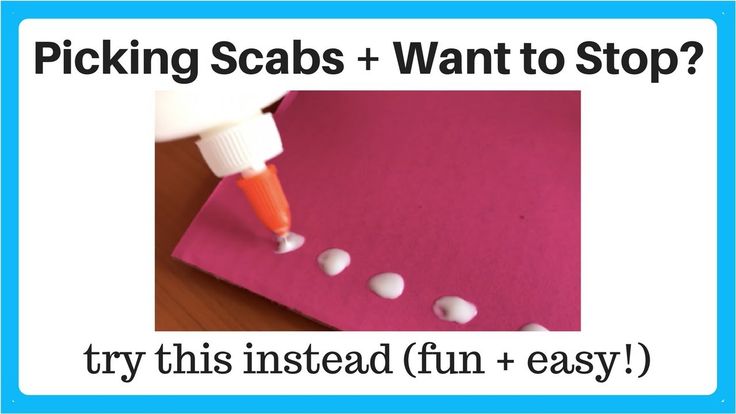 99
99
--- Please Select --- 3 to 6m6 to 9m9 to 12m12 to 18m18 to 21m21 to 24m2 to 3y3 to 4y4 to 5y
Special Edition
From: £10.99
--- Please Select --- 3 to 6m6 to 9m9 to 12m12 to 18m18 to 21m21 to 24m2 to 3y3 to 4y4 to 5y5 to 6y6 to 7y7 to 8y8 to 9y9 to 10y11 to 12 y
PJ Sets
From: £18.99
--- Please Select --- 6 to 9m9 to 12m12 to 18m18 to 21m21 to 24m2 to 3y3 to 4y
Dungaree PJ Bottoms
From: £13.99
--- Please Select --- 12 to 18m18 to 21m21 to 24m2 to 3y3 to 4y4 to 5y5 to 6y6 to 7y7 to 8y8 to 9y9 to 10y10 to 11y11 to 12 y12 to 13y13 to 14y14 to 15y15 to 16y
Super Hero PJs
From: £22.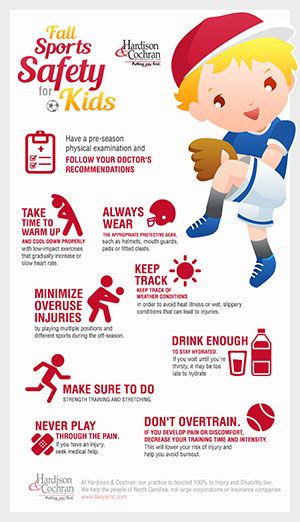 50
50
--- Please Select --- 2 to 3y3 to 4y4 to 5y5 to 6y6 to 7y7 to 8y
PJ Tops
From: £11.99
--- Please Select --- 6 to 9m9 to 12m12 to 18m18 to 21m21 to 24m2 to 3y3 to 4y
PJ Bottoms
From: £11.99
--- Please Select --- 6 to 9m9 to 12m12 to 18m18 to 21m21 to 24m2 to 3y3 to 4y4 to 5y5 to 6y6 to 7y7 to 8y
SuperHero PJ tops
From: £12.99
--- Please Select --- 2 to 3y3 to 4y4 to 5y5 to 6y6 to 7y7 to 8y
SuperHero PJ bottoms
From: £12.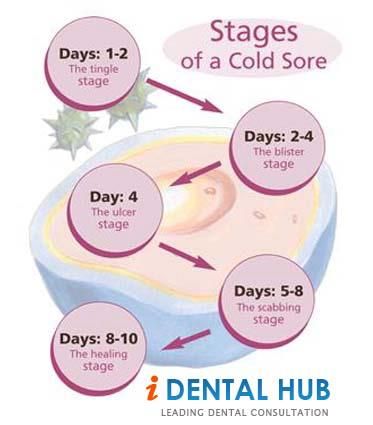 99
99
--- Please Select --- 2 to 3y3 to 4y4 to 5y5 to 6y6 to 7y7 to 8y
SuperHero Dungarees
From: £15.99
--- Please Select --- 2 to 3y3 to 4y4 to 5y5 to 6y6 to 7y7 to 8y8 to 9y9 to 10y10 to 11y11 to 12 y12 to 13y13 to 14y14 to 15y15 to 16y
SplashSleeves
From: £12. 99
99
--- Please Select --- 6 to 9m9 to 12m12 to 18m18 to 21m21 to 24m2 to 3y
SuperSensitive
From: £10.99
--- Please Select --- 0 to 3m3 to 6m6 to 9m9 to 12m12 to 18m18 to 21m21 to 24m2 to 3y3 to 4y4 to 5y5 to 6y6 to 7y7 to 8y8 to 9y9 to 10y10 to 11y
Cross-over
From: £12.99
--- Please Select --- 3 to 6m6 to 9m9 to 12m12 to 18m18 to 21m21 to 24m2 to 3y3 to 4y4 to 5y
Baseball PJ top
From: £13.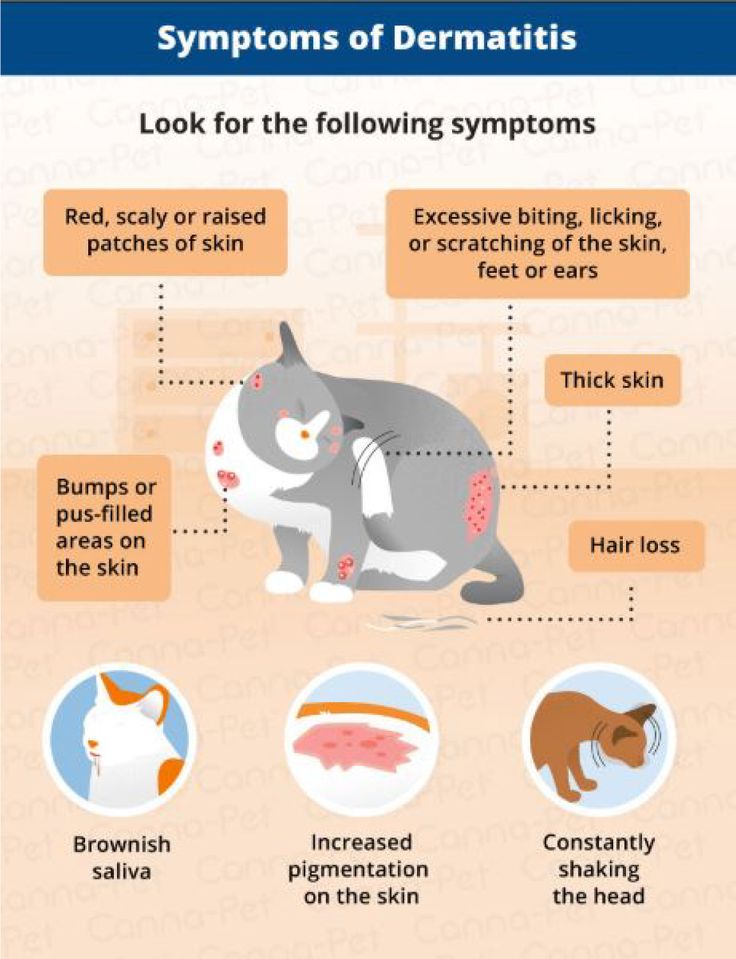 99
99
--- Please Select --- 8 to 9y9 to 10y10 to 11y11 to 12 y12 to 13y13 to 14y14 to 15y15 to 16y
Clearance
From: £7.99
--- Please Select --- 6 to 7y7 to 8y
Adult SuperSensitive
From: £17.99
--- Please Select --- X-SmallSmallMediumLargeX-Large
Flip-mitt Bodysuits
From: £14.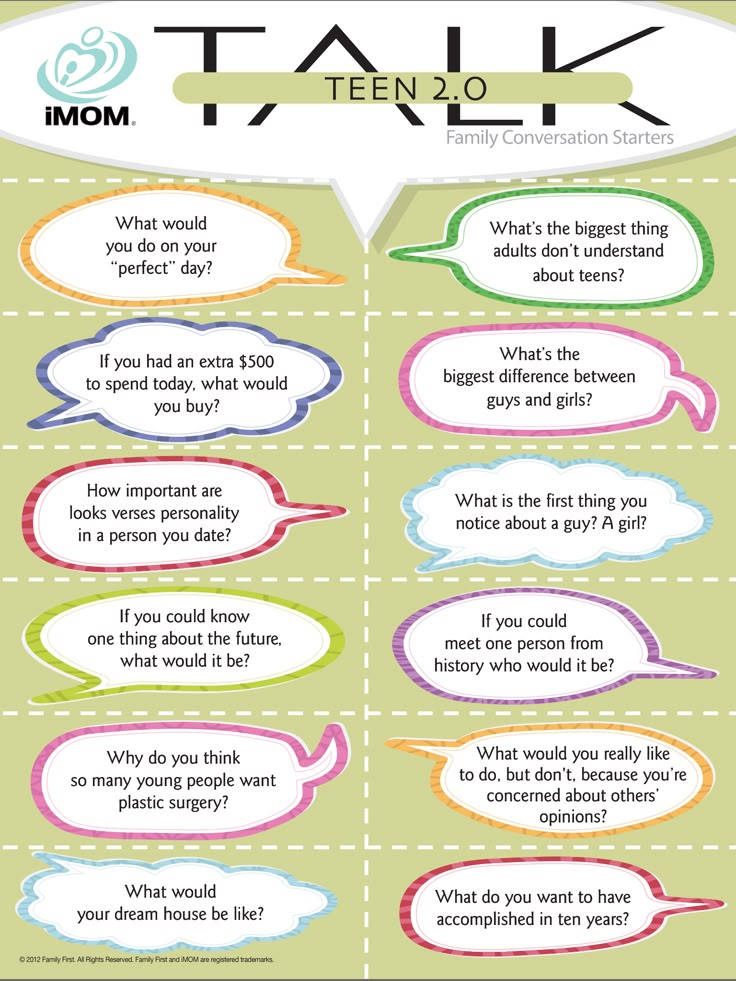 99
99
--- Please Select --- 0 to 3m3 to 6m6 to 9m9 to 12m12 to 18m18 to 21m21 to 24m2 to 3y3 to 4y
Sleepy Bear PJs
From: £18.99
--- Please Select --- 6 to 9m9 to 12m12 to 18m18 to 21m21 to 24m2 to 3y3 to 4y
Scabies in children - symptoms and treatment
We treat children according to the principles of evidence-based medicine: we choose only those diagnostic and treatment methods that have proven their effectiveness. We will never prescribe unnecessary examinations and medicines!
Make an appointment via WhatsApp
Video Prices Doctors
The first children's clinic of evidence-based medicine in Moscow
No unnecessary examinations and drugs! We will prescribe only what has proven effective and will help your child.
Treatment according to world standards
We treat children with the same quality as in the best medical centers in the world.
The best team of doctors in Fantasy!
Pediatricians and subspecialists Fantasy - highly experienced doctors, members of professional societies. Doctors constantly improve their qualifications, undergo internships abroad.
Ultimate safety of treatment
We have made children's medicine safe! All our staff work according to the most stringent international standards JCI
We have fun, like visiting best friends
Game room, cheerful animator, gifts after the reception. We try to make friends with the child and do everything to make the little patient feel comfortable with us.
You can make an appointment by calling or by filling out the form on the site
Other Dermatology services
- Consultation of a pediatric dermatologist
Manipulations, procedures, operations
- Removal of papillomas in children
- Removal of warts in a child
- Removal of molluscum contagiosum in a child
- Phototherapy for the treatment of skin diseases
Frequent calls
- Treatment of atopic dermatitis in children
- Urticaria in children
- Seborrheic dermatitis in children
- Pink lichen in a child
- Ringworm in children
- eczema in a child
- herpes in a child
- Acne disease (acne) in adolescents
- molluscum contagiosum
- Treatment of childhood psoriasis
- Allergic dermatitis
- contact dermatitis
- pyoderma in a child
- Warts in a child
- Fungal infections in children
- Treatment of vitiligo in children
- Dermatoscopy
- Skin mapping
Online payment
Documents online
Online services
practical advice - how to treat scabies in children and adults, drugs and folk remedies
{{if type === 'partner-stocks'}}
{{/if}}
{{/if}} {{each list}}${this} {{if isGorzdrav}}
Delete
{{/if}}
{{/each}} {{/if}} Search by drug, disease, substance: DERMAKOSMETIKA, SOLGAR, R. O.C.S., Bifiform,
O.C.S., Bifiform, Home
Articles
Treatment of scabies
Close contact between people increases the risk of transmission of scabies. This is a disease that mankind has not been able to defeat for hundreds of years. Modern medicine offers effective drugs that suppress reproduction and destroy the pathogen. The main thing is to apply them correctly and not forget about preventive measures.
What causes scabies
Scabies is caused by the tiny skin mite Sarcoptes scabiei. It is a parasite that prefers to live in human skin. But there are cases of infection from pets when they act as a carrier of a tick.
Infection occurs through contact with open areas of the skin of a sick and healthy person. For this, a handshake, joint games with children are enough. Adults become infected during sexual intercourse, and co-sleeping in bed often leads to transmission of the pathogen.
For this, a handshake, joint games with children are enough. Adults become infected during sexual intercourse, and co-sleeping in bed often leads to transmission of the pathogen.
The low infectivity of the scabies mite is associated with its characteristics. Its females are inactive during the day, pathogens penetrate into the stratum corneum of the skin of a new host in about 30 minutes, so prolonged skin-to-skin contact is needed. The tick is sensitive to external conditions. If it is placed on a surface with a temperature of 21 ° C and a humidity of no more than 80%, it will die in a day. But the warmer and drier the air, the faster the tick dies. Therefore, the transmission of the pathogen through household items is also rare.
Scabies mite goes through all stages of development in the host organism. Most often, females are involved in infecting a new person. Males die immediately after their fertilization. Thanks to proteolytic enzymes in saliva, mites dissolve the stratum corneum of the skin and form their passages in it. Every day in the evening and at night, the female advances by 2-3 mm. This causes a sensation of severe itching, and the reaction to waste products manifests itself in the form of a rash. At night, the female can come to the surface of the skin, crawl to a new part of the body or to another person.
Every day in the evening and at night, the female advances by 2-3 mm. This causes a sensation of severe itching, and the reaction to waste products manifests itself in the form of a rash. At night, the female can come to the surface of the skin, crawl to a new part of the body or to another person.
In her burrows, the female lays 2-3 eggs per night, from which larvae hatch after 2-4 days and begin to form new burrows. The full development cycle of an adult scabies mite takes 10-14 days.
According to statistics, adolescents who live and communicate in close communities are most often infected. Therefore, scabies is common among summer campers living in student dormitories. A child can get scabies when visiting a kindergarten. The disease is common in children's boarding schools. The reservoir for the pathogen is often nursing homes. In older age, the disease may occur with less severe symptoms, so there is no treatment, but the risk of infection remains.
Symptoms of scabies
There is no incubation period before the first symptoms of scabies appear when infected by adult females. Skin itching can appear as early as 1-2 weeks after the primary infection if tick larvae have come into contact with the skin.
Skin itching can appear as early as 1-2 weeks after the primary infection if tick larvae have come into contact with the skin.
You can diagnose the disease yourself if you compare what scabies looks like on the skin with a description or photo. The favorite localization of the tick on the body is as follows;
- interdigital spaces;
- wrist;
- drumsticks;
- armpits;
- buttocks;
- loin and waist;
- genital skin;
- head, skin behind the ears.
The moves made by the female look like thin whitish stripes. They rise slightly above the surface of the skin. The length of each move is not more than 1 cm. Sometimes they have lateral branches that are made by male ticks. At the blind end of the passages, the female is hiding, which looks like a black dot on the surface of the skin.
In the initial stage, the rash is not expressed. Later, when an allergic reaction develops to the tick, its excrement and eggs, red spots appear on the skin, resembling hives. They may be irregular in shape, merge into larger spots. If scabies is not treated, small bubbles with liquid contents appear at the site of the rash. Over time, they can grow in size. In severe forms of scabies, the rash can cover the entire body, but rarely extends to the scalp, although dermatologists detect hair lesions in 30% of patients.
They may be irregular in shape, merge into larger spots. If scabies is not treated, small bubbles with liquid contents appear at the site of the rash. Over time, they can grow in size. In severe forms of scabies, the rash can cover the entire body, but rarely extends to the scalp, although dermatologists detect hair lesions in 30% of patients.
In conditions of insufficient immunity or with some individual characteristics of the skin, the Norwegian form of scabies develops. It looks like psoriasis-like dermatitis, which forms scales on the surface of the inflamed skin. Different parts of the body, subungual zones can quickly be involved in the pathological process, frequent localization is the head, neck and buttocks. A person with this form of scabies is very contagious, at the same time several million ticks can be on his body, while under normal conditions - up to 15 pathogens.
Medical treatment
At the first signs of scabies, you should consult a doctor or start self-treatment quickly.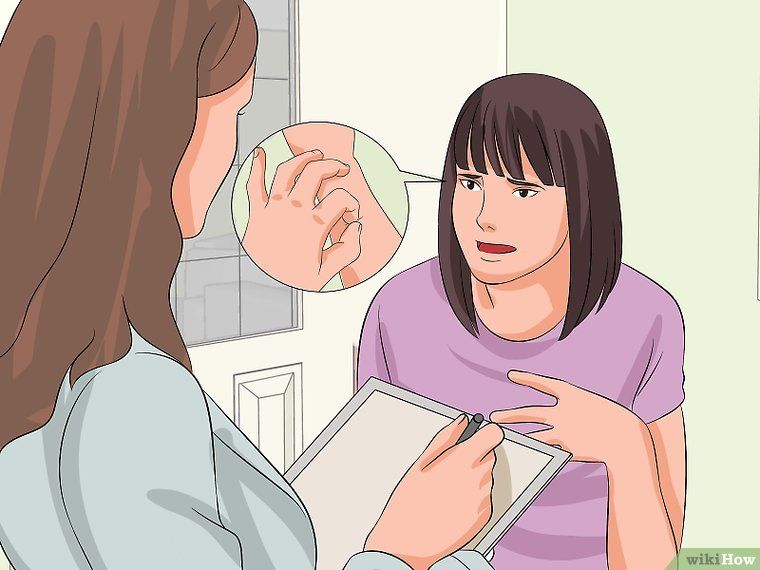 Drugs for treatment are sold in pharmacies without a prescription.
Drugs for treatment are sold in pharmacies without a prescription.
The following drugs are effective against scabies:
- Benzyl benzoate - the drug is available in the form of a cream or emulsion, which is applied to the affected skin;
- sulfuric ointment - reacts with skin proteins to form sulfides and pentathionic acid, which have antiparasitic and antimicrobial effects. It is effective if bacteria from the group of staphylococci have penetrated into the scratches.
If there are serious contraindications to the use of these agents, herbal preparations may be used. But at home, it is not recommended to use tea tree oil and other external preparations. They cause allergic reactions, can worsen the condition.
Topical allergy medications or oral antihistamines can help treat itching effectively. In rare cases, a doctor may prescribe hormonal ointments with glucocorticoids, such as hydrocortisone.
If purulent rashes, wounds appear at the site of scratching, it is necessary to use antibiotics in the form of an ointment. Neomycin and bacitracin have a wide spectrum of action. They can also be treated at home on the recommendation of a doctor.
Neomycin and bacitracin have a wide spectrum of action. They can also be treated at home on the recommendation of a doctor.
Effective treatment of scabies
You can fight scabies at home, hospitalization is needed only in severe forms of the disease. To quickly recover from scabies, follow the following recommendations:
- you need to be treated for at least 4 days, so that adults and larvae hatched from eggs die under the influence of the drug;
- therapeutic agents are applied to the skin in the evening before going to bed;
- the skin should be dry and cool before applying the medicine, so it is not recommended to wash during treatment;
Cream can be applied with fingers and liquid products with a paint brush to achieve an even layer, cotton pads are not recommended.
Scabies of the head can be treated with a liquid suspension. The drug is not applied to the hair, but the skin behind the ears is necessarily treated. The eyes, nostrils and lips are protected from the medicine.
The eyes, nostrils and lips are protected from the medicine.
After application to the skin, the medicine should not be washed off during the day. After that, it is allowed to wash without soap. But some drugs need to be applied daily for 4-5 days, so hygiene procedures are carried out after the end of the course.
If several people live at home, preventive treatment is carried out for everyone to avoid the circulation of the pathogen within the family. Bed linen is not changed until the full course of treatment has been completed.
An effective method of treatment may not help if the timing of therapy is not observed. Therefore, you need to know that adults die on the first day, and the eggs remain alive. After 2-3 days, young larvae are destroyed. If you stop applying the drug, a relapse of the disease will occur, the symptoms will return with renewed vigor.
Itching may persist for several days after the end of the course. But after 7-10 days, all rashes disappear or significantly decrease in size.
